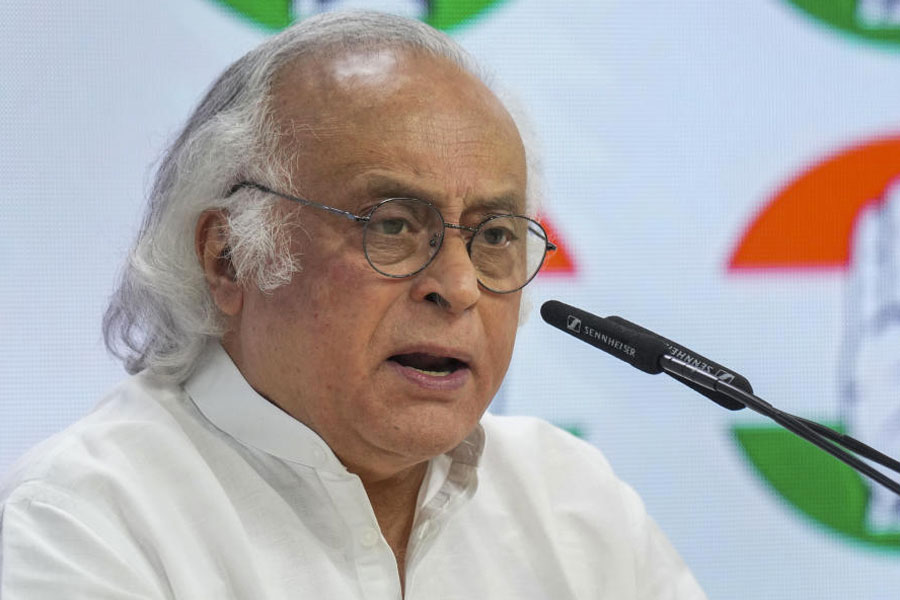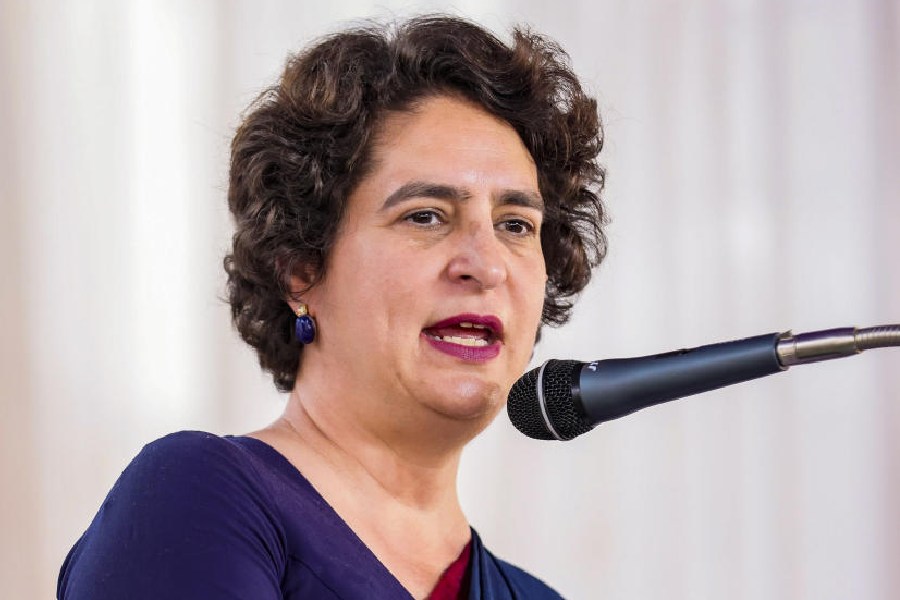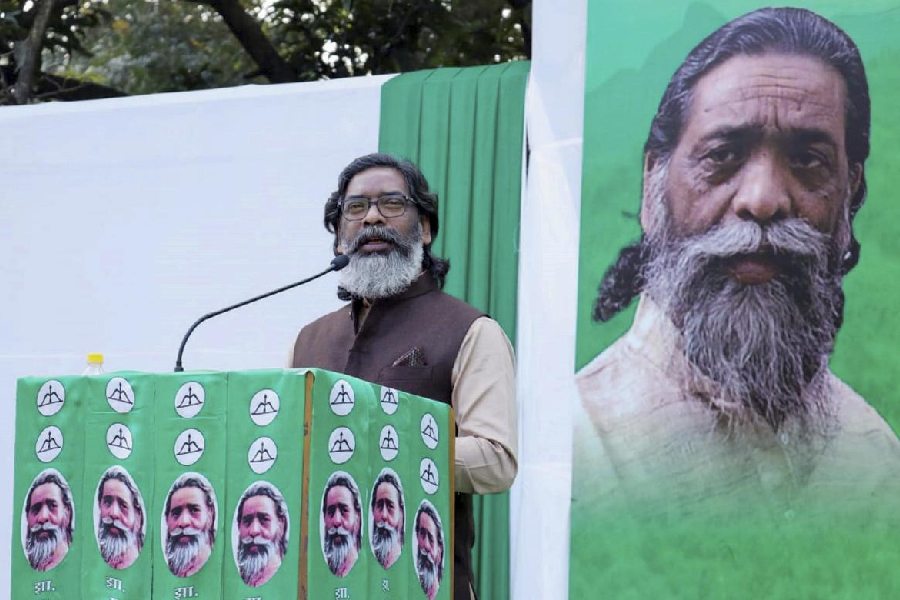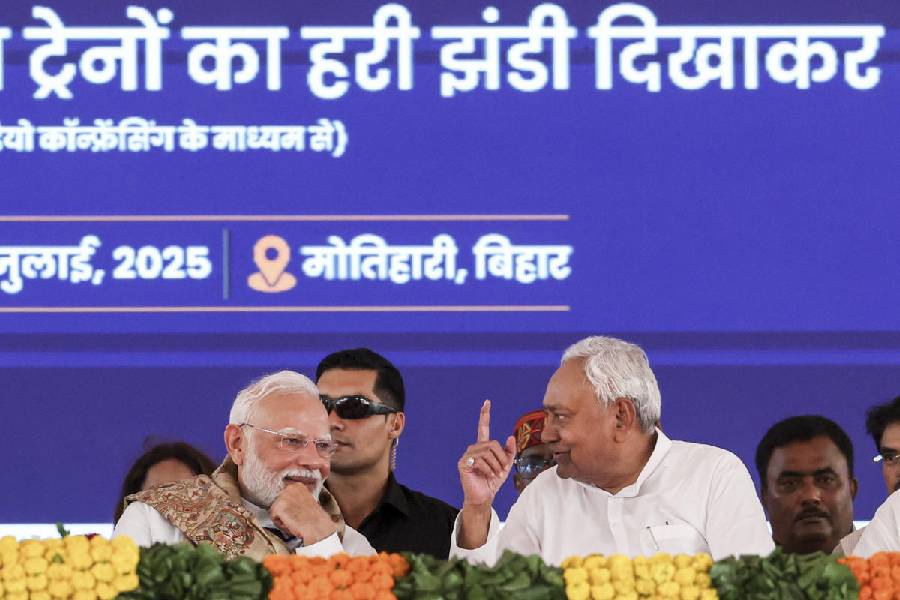Stop beating about the bush,
Mr Prime Minister! With the birth of the billionth Indian baby, it was to be expected that the government will come out with some new measures for population control. Sure enough, there is a 'new' population policy setting up a national commission on population, and at its first meeting, the prime minister has initiated a new fund - the national population stabilization fund - for stopping the 'runaway growth of population' specially in the BIMARU states, Bihar, Madhya Pradesh, Rajasthan and Uttar Pradesh. As for the causes of this predicament, he has mentioned the usual package: absence of healthcare facilities for all, low literacy rates, and high child mortality rates.
While nobody would deny the need for improving India's performance in all those respects, it is really heart-breaking that policymakers are still refusing to face the reality: that it is not women who need to be persuaded or made aware of the urgency of population control. Though they bear the children and therefore can be identified as the immediate culprits, they are not the main actors in this drama. There is now ample evidence from academic surveys and reports from nongovernmental organizations to show that almost always, the family size desired by women is significantly smaller than that desired by their husbands.
This should not surprise anybody since it is women who carry the entire physical burden of bearing and rearing children. In poor households, they also end up with the responsibility for finding extra resources for feeding the growing family. That they still continue to have numerous children is because in this country, very few of them have any control over how their bodies are used.
Consider the officially provided evidence: in the mid-Nineties, the mean age at marriage for women at least in the BIMARU states was less than 19 years. In 1991, 36 per cent of all rural women in the age group 15 to 19 were already married. Even in West Bengal we have found that most rural families are happy to get their daughters married as soon as possible after they are 15 years old Apparently, early marriages reduce the demands for dowry. This adolescent girl, with little education and even less exposure to the outside world, is usually married to a man five or more years her senior. Therefore, she seldom has any say, in the early years of marriage, in when and how many children she is to have.
Official data on age-wise fertility rates highlight two important facts. While the fertility rates of older women have fallen in recent years, those for younger women (15 to 24 years) still remain high. Also, most acceptors of contraception are older families who already have two or more children.
Although in 95 per cent of the cases the devices used for the purpose are practised by women - abortions, intrauterine devices, pills and ligations - they have to wait to do so till they have borne sufficient number of children of the right sex to satisfy their families. The younger the woman, the less her say in the matter.
Second, their use of contraceptives does not by itself show that women have control over their bodies. Decisions about abortions, still the commonest method of contraception, are usually family decisions. In our family counselling work, we came across many cases where husbands had accepted the need for family planning but did not allow their wives to use any standard contraceptive except repeated abortions. This way they could keep track of the wife's sexual activities.
Now, with the spread of amniocentesis tests, abortion is once again the method used by families to ensure the right sex for their unborn child. Thus not only do women not have the right to select their own contraceptive, but even abortions and ligations of their fallopian tubes are rarely at their own initiative. They cannot refuse to undergo what the families decide for them, no matter what the depredations of those operations on their bodies may be.
If now there is a fresh thrust through this new fund for population control, it will no doubt result in an ever-widening network of ligation and abortion camps targeting desperate women. There will be more pressure on them to accept suspect drugs like Depo Provera; the government will keep turning a blind eye to practitioners inserting quinocrine pellets into women. In other words, as before, all the agents will continue to treat women as criminals indulging in anti- national activities and force them to undergo all kinds of indignities and physical hazards. However, for the same reasons as before, none of these measures can be expected to have more than a marginal impact. In a country as vast as India, arbitrary force can reach only a small section of the population. For universal coverage, there has to be a major shift in each community's perceptions about family and reproduction. And since these are mainly male perceptions, it is time for policymakers to accept that henceforth it is men, not women, at whom programmes are to be directed.
It is men who have to be made aware of the dangers of the population explosion. It is they who have to be persuaded to stop indulging in irresponsible sex at home or outside and accept that within the family their wives too have a say in sex and reproduction. They have to be repeatedly assured that vasectomies do not reduce either their sexual prowess or capacity to work.
Since the Emergency and its aftermath, such ideas are a taboo for all politicians and therefore for state policies. By avoiding the issue, the state has allowed the bogey of male reactions to grow out of proportion. It has also allowed unscrupulous political leaders to use it for fanning communal paranoia. But Sanjay Gandhi's is surely not the only method available to the state for involving men in this mission.
Twenty five years down the road, the country should be much better equipped for the task. Surely, the media, which has become such a force to reckon with, can be harnessed to use its universal appeal for this cause? Also, as a first step, can the state not enforce its own laws about the minimum age at marriage for girls? Child marriages not only add to the bride's helplessness but also narrow the inter-generation gap and thereby lead to an accelerated population growth rate.
Any protest against population policies by women's movements is always interpreted as an instance of their trivializing serious national concerns. But actually, for women, these are very real issues not just at national, but also at immediate personal levels. However, to be effective agents of the cause, they must have autonomy over their own bodies. Just removing their illiteracy or giving them a few more years of schooling would be of little use unless that helps to give them some more autonomy, if only by postponing marriages.
Similarly, a better network of health services too will be ineffective unless it helps to bring to the doorstep of each woman a real choice about the contraceptives she can use. Let us not fool ourselves any more. To change something as basic as patterns of family and reproduction, the measures to be used will have to be equally radical and
imaginative.
The author is professor, Centre for Studies in Social Sciences, Calcutta
 Saturday, 19 July 2025
Saturday, 19 July 2025









